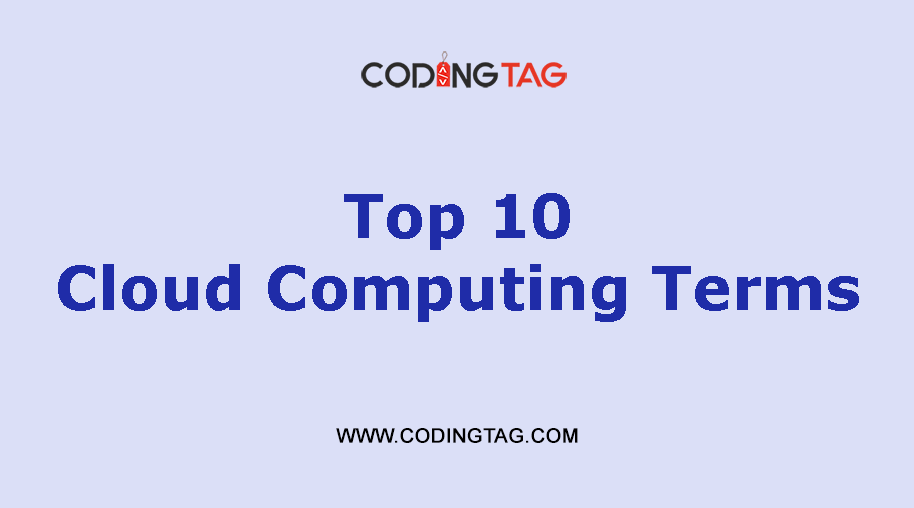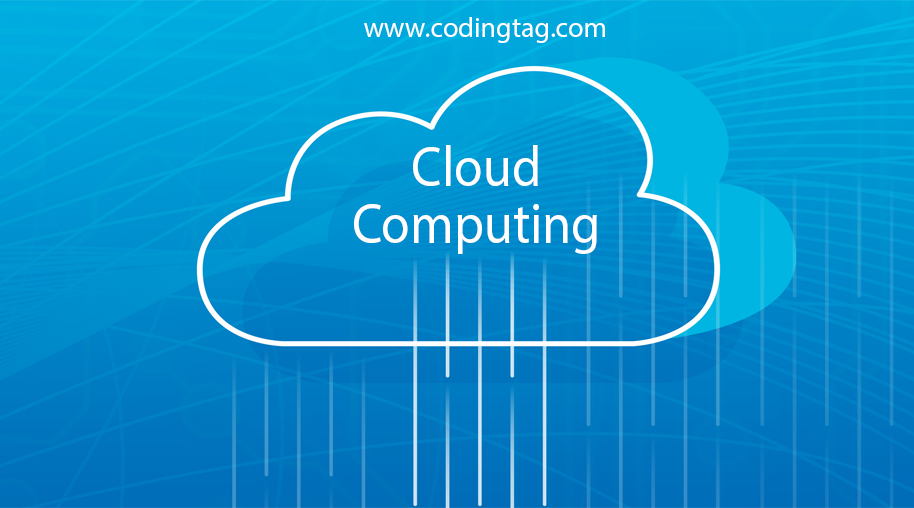Lambda Cold Starts
0 503
❄️ What Are Lambda Cold Starts?
Lambda cold starts occur when AWS needs to spin up a new execution environment to run your function—usually because it's being invoked for the first time, or after a period of inactivity. During this startup phase, the function takes longer to respond since AWS has to allocate resources and initialize the runtime.
🧊 Cold Start vs Warm Start
To understand cold starts, it's important to differentiate between the two types of Lambda invocations:
- Cold Start: A fresh instance of the Lambda container is created. This involves initializing the runtime (Node.js, Python, etc.), downloading function code, and running any global-level code before the actual handler runs.
- Warm Start: A previously initialized Lambda instance handles the request. Much faster as it skips setup steps.
⏱️ How Long Do Cold Starts Take?
Cold start latency depends on several factors:
- Runtime: Interpreted languages (like Node.js, Python) tend to start faster than compiled ones (Java, .NET).
- Package Size: Larger deployment packages and dependencies increase startup time.
- VPC Access: If your function is in a VPC, the cold start delay is higher due to ENI creation.
📋 Sample Node.js Lambda Code
Here’s an example Lambda function with a clear cold start indicator:
let initTime = new Date().toISOString();
console.log(`Lambda initialized at: ${initTime}`);
exports.handler = async (event) => {
console.log("Handling event at:", new Date().toISOString());
return {
statusCode: 200,
body: JSON.stringify({
message: "Lambda executed",
initialized: initTime
})
};
};Note: The initTime is set once per cold start and reused for warm starts.
📉 Measuring Cold Starts
You can track cold starts by examining your logs. Look for gaps between START and your first log line or use structured logging with timestamps.
For deeper visibility, use tools like:
- AWS CloudWatch Logs
- X-Ray Tracing
- Third-party platforms like Datadog, New Relic, or Lumigo
💡 Tips to Reduce Cold Starts
- Keep dependencies lean: Only include what’s necessary in your deployment package.
- Use lighter runtimes: Node.js and Python are quicker to initialize.
- Minimize VPC usage: Use AWS services outside the VPC when possible, or enable VPC endpoints to reduce overhead.
- Use Provisioned Concurrency: Keeps functions initialized and ready to serve requests immediately.
🚀 Provisioned Concurrency Example
Provisioned concurrency ensures that your function is "warm" before it's called. Here’s how to set it up via AWS CLI:
aws lambda put-provisioned-concurrency-config \
--function-name myLambdaFunction \
--qualifier production \
--provisioned-concurrent-executions 5This ensures 5 Lambda instances are always pre-initialized and ready to respond instantly.
🔁 Keeping Functions Warm (Hacky Way)
Another method is to ping your function at regular intervals using CloudWatch Events:
# Create a rule to invoke Lambda every 5 minutes
aws events put-rule \
--schedule-expression "rate(5 minutes)" \
--name keepLambdaWarmThis reduces cold starts by maintaining activity—but remember, this isn't cost-efficient or scalable.
🌍 When Are Cold Starts a Concern?
Cold starts can be problematic in latency-sensitive applications like:
- Web APIs that must respond within milliseconds
- IoT systems requiring real-time data ingestion
- Finance or trading platforms with tight SLAs
📦 Cold Starts in Other Cloud Providers
Cold starts aren't unique to AWS. Here's how other platforms handle it:
- Azure Functions: Also experience cold starts, especially in the Consumption Plan.
- Google Cloud Functions: Similar behavior; fewer cold starts with frequent usage.
- Cloudflare Workers: Minimal cold starts due to their edge architecture.
✅ Final Thoughts
Lambda Cold Starts are an inherent part of the serverless execution model. While they don't always impact real-world performance, understanding their behavior is crucial when designing time-sensitive applications. By optimizing your function's architecture and leveraging features like provisioned concurrency, you can drastically minimize their impact and deliver consistent user experiences.
If you’re passionate about building a successful blogging website, check out this helpful guide at Coding Tag – How to Start a Successful Blog. It offers practical steps and expert tips to kickstart your blogging journey!
For dedicated UPSC exam preparation, we highly recommend visiting www.iasmania.com. It offers well-structured resources, current affairs, and subject-wise notes tailored specifically for aspirants. Start your journey today!

Share:





Comments
Waiting for your comments